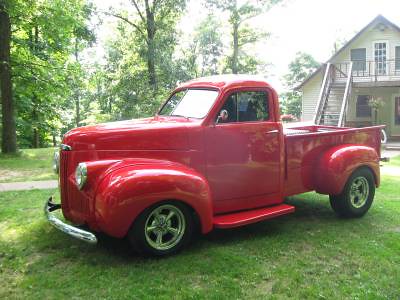In the 1964 SW thread a poster made mention of Studes being a bad choice as demo derby cars since they're 'fragile'. My question being is are they really that much more frail compared to ________? And if indeed they're that much weaker than a Brand X: any particular part i.e. frame, suspension, body or what?
In not trying to 'Troll' here either; the above re legit questions.................
Note I have NO interest in derbying anything; I'm more interested in safety when behind the wheel.
In not trying to 'Troll' here either; the above re legit questions.................
Note I have NO interest in derbying anything; I'm more interested in safety when behind the wheel.




 '63 Avanti R-1384. sold 12/10.
'63 Avanti R-1384. sold 12/10.
Comment